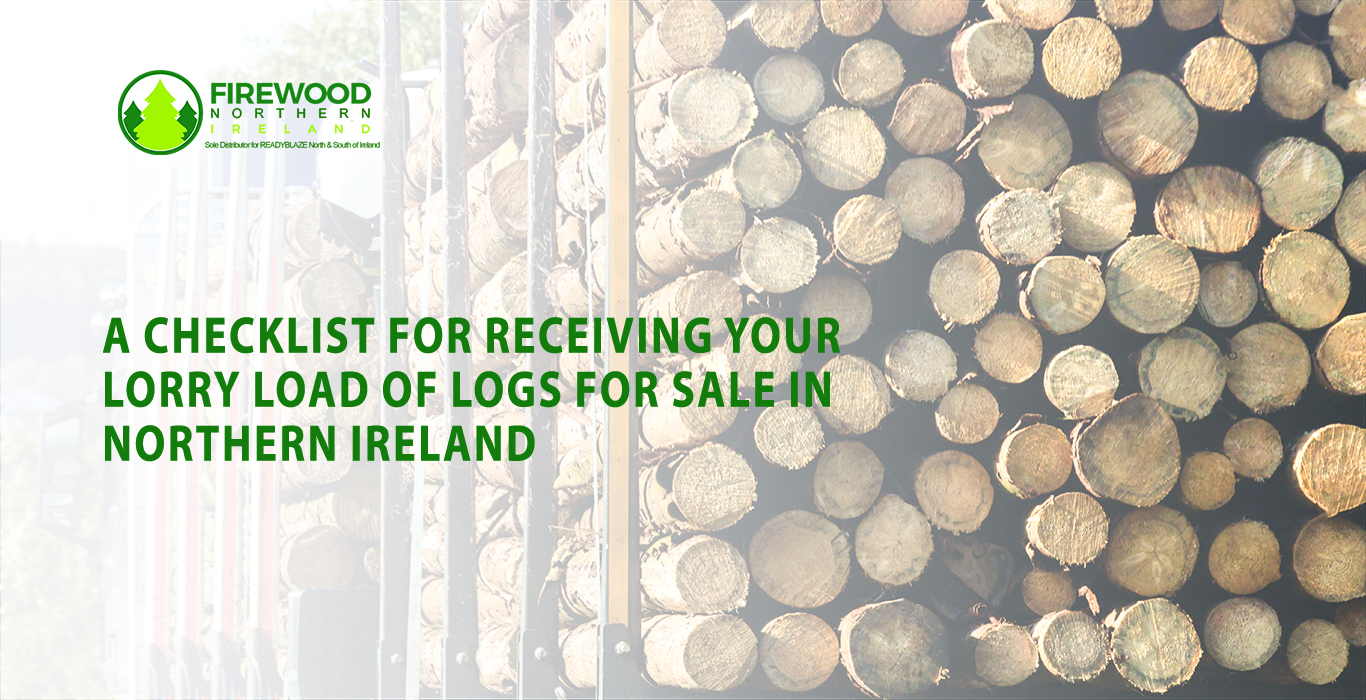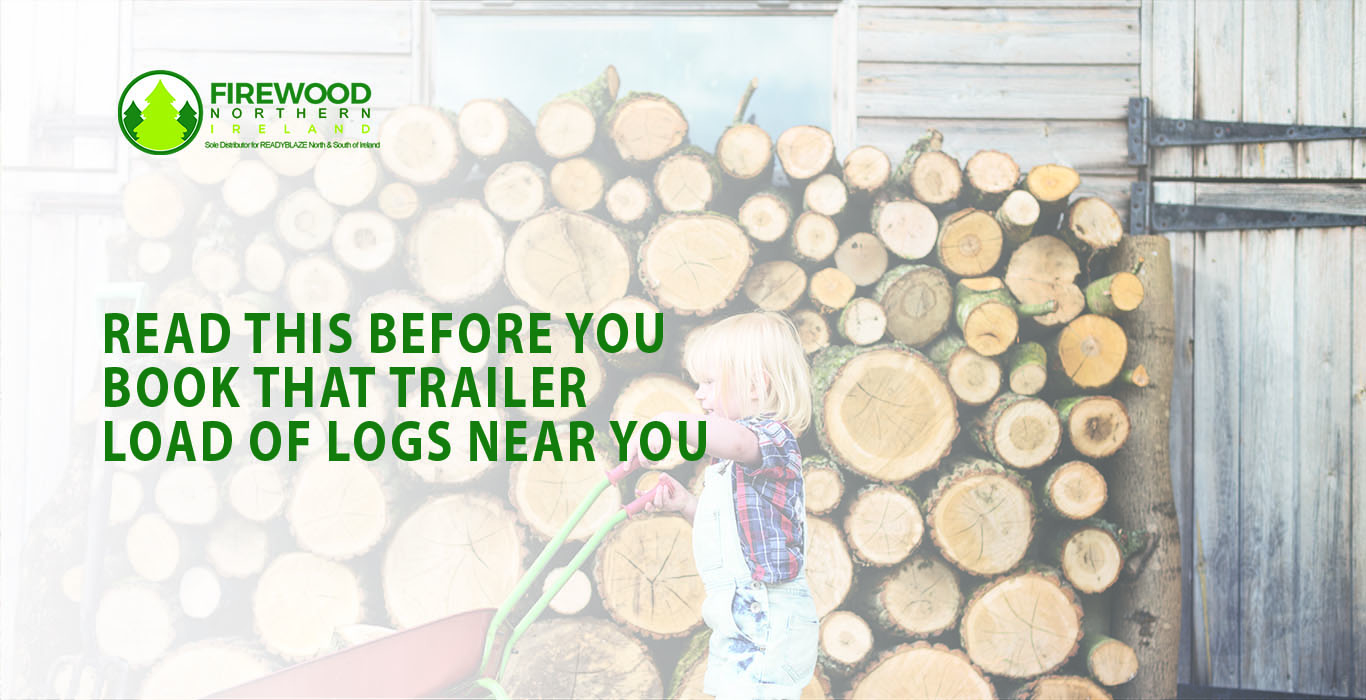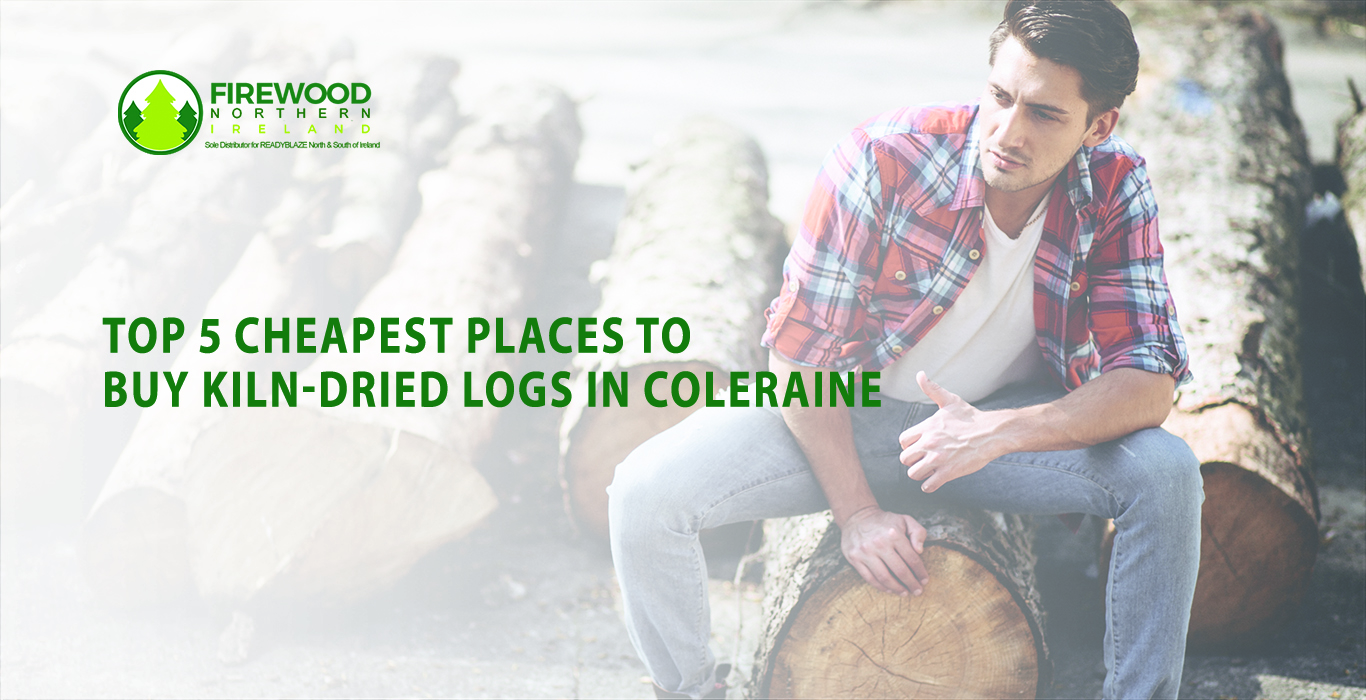
Read This Before You Book That Trailer Load of Logs Near You

Ever stoked the fire, anticipating a warm glow, only to be met with a pathetic sizzle and a plume of smoke? You’ve done everything by the book, yet your logs refuse to cooperate. The culprit isn’t your technique; it’s often the logs themselves.
Many assume wood is simply wood. If it looks and feels dry, surely it’s ready to burn, right? Not quite. The truth is, there’s more hidden within each log than meets the eye. Moisture levels, wood species, and processing methods can make or break your ability to generate heat.
So, before you arrange for a trailer load of logs near you in Northern Ireland, equip yourself with the knowledge to ensure your investment translates into comforting warmth, not wasted wood and frustration.
Beyond the “Load”: Unpacking Your Firewood Delivery
The term “trailer load” sounds straightforward, but it can be surprisingly ambiguous without clarification. A reliable delivery should come with clear specifications. Here’s what to inquire about:
- Quantity: Is the trailer loosely filled or tightly stacked? The difference in actual wood volume can be significant. Always ask for measurements in cubic metres for accurate comparison.
- Wood Type: Not all timber burns equally. Dense kiln-dried hardwoods like ash, oak, and birch offer prolonged, intense heat, unlike softer varieties that burn rapidly.
- Drying Process: This is the most critical question and, unfortunately, one often sidestepped by less reputable suppliers. Proper drying is paramount for efficient burning and long-term use.
The Silent Threat: How Moisture Robs Your Fire
Excess moisture in logs spells disaster for your fire. It leads to sputtering, excessive smoke, and blackening of your stove glass. More critically, wet wood burns inefficiently and promotes the build-up of creosote in your chimney, significantly increasing the risk of a chimney fire.
Moisture lurking within a log can be deceptive. A log might appear dry externally, even after months of air exposure, but still retain over 30% water internally. This is detrimental to your fire.
For a clean, safe, and efficient burn, logs must have a moisture content below 20%. This level is rarely achieved through air-drying alone, particularly in a damp climate like Northern Ireland’s. The most dependable solution is kiln-dried logs, where wood is dried in a controlled environment until it reaches optimal burning readiness.
If a supplier cannot provide a clear moisture reading or guarantee levels below 20%, it’s wise to look elsewhere. A trailer load of logs near you should offer assurance, not uncertainty.
Hardwood vs. Softwood: The Heat Debate
Some suppliers entice buyers with cheaper trailer loads filled with softwood. While these logs ignite quickly, they are less dense and burn through rapidly. You’ll get an immediate flame, but not the sustained, deep warmth desired on a chilly evening.
Hardwood, being denser, burns significantly longer. Although the initial cost might be higher, it offers long-term savings because:
- You’ll consume fewer logs per fire.
- It delivers superior heat output.
- There’s less ash and residue, leading to easier stove maintenance.
Prioritize logs such as ash, oak, or birch. These species are renowned for their consistent, high-temperature burns, making them perfect for both open fires and enclosed stoves.
Stacking Smarter: Maximizing Your Log’s Lifespan
Even kiln-dried logs benefit from proper storage upon delivery. Here’s how to ensure your trailer load remains in prime condition:
- Elevate Your Logs: Keep them off the ground using pallets or a raised platform to prevent moisture absorption from below.
- Shield from Rain: A purpose-built log store with a sloped roof and open sides will protect against precipitation while allowing crucial air circulation.
- Avoid Tarps: Tarpaulins trap moisture, creating a damp environment. Opt for breathable covers or store wood in a well-ventilated shed.
- Allow for Airflow: Don’t stack logs too tightly. Leave gaps to permit air to circulate freely around the wood.
Effective storage isn’t just about keeping logs dry; it helps maintain their low moisture levels, guaranteeing a consistent, clean burn weeks or even months after delivery.
Timing is Everything: When to Place Your Order
Delaying your firewood order until the first cold snap means you’re already behind. Suppliers quickly become overwhelmed in autumn as demand skyrockets.
Ordering early offers distinct advantages:
- Avoid Delays: Peak season translates to extended waiting times for delivery.
- Broader Selection: Early birds get access to the best quality batches of wood.
- Potential Savings: Firewood prices often climb as temperatures drop.
Late summer or early autumn is the ideal time to order. You’ll bypass the rush, secure your preferred wood type, and have ample time to properly stack and store your trailer load of logs near you.
Don’t Compromise on Your Firewood
The firewood market can be a minefield of shortcuts, misleading claims, and subpar products. However, once you experience the consistent, clean burn of high-quality, kiln-dried hardwood, you’ll never settle for less.
For reliable heat, sparkling stove glass, fewer chimney issues, and superior value per log, avoid taking chances with unverified suppliers. Research local options, ask the right questions, and always prioritize quality over a low price tag.
Firewood NI has cultivated an excellent reputation across Northern Ireland for supplying accurately measured, kiln-dried hardwood logs that are ready to burn and built to last. If you’re looking for a reliable trailer load of logs near you, they are the supplier to have on speed dial when the cold hits.
Order your next load with absolute confidence. Visit Firewood NI today.
FAQs
How many logs are in a trailer load?
This varies significantly based on trailer size and how the logs are loaded. A typical loose-filled trailer might contain 2 to 3 cubic metres of logs. If the wood is stacked, the same trailer could hold less by volume but more by density. Always request measurements in cubic metres for accurate comparison.
How long will a trailer load last?
For a household burning wood most evenings, a full trailer load can last between 6 to 10 weeks, depending on stove efficiency, home insulation, and external temperatures. If wood is your primary heat source, you might require more than one load per season.
Are all kiln-dried logs the same?
No. While the drying process is similar, the wood species, log size, and post-drying storage all play a crucial role. Ash and oak are more efficient than softwood, and logs stored in a dry environment will retain their quality longer. Always ask your supplier about their wood’s storage conditions prior to delivery.




